Decorating Guides
11 Rules for Floor Rugs and How to Break Them
How big should an area rug be? Some guidelines to work with
I often get asked “What are the rules in selecting the size of rug to use in a room?” It can prove to be hard deciding what size rug is best for a space as there are so many “rules” and just as many opposing opinions.
One popular rule is that the rug should be large enough to slide under the front legs of sofas and chairs in a seating arrangement, unifying the furniture. But just as frequently I’ve heard it suggested that all legs of the furniture should sit on the rug! So, rather than being bound by rules, being aware of these guidelines and options will assist you in determining what size rug provides the visual effect you desire in the rooms of your house.
One popular rule is that the rug should be large enough to slide under the front legs of sofas and chairs in a seating arrangement, unifying the furniture. But just as frequently I’ve heard it suggested that all legs of the furniture should sit on the rug! So, rather than being bound by rules, being aware of these guidelines and options will assist you in determining what size rug provides the visual effect you desire in the rooms of your house.
Another example of following this rule, seen from above, shows its effect very well. It works well here in large part because the tone of the rug is very similar to the wood flooring, making the break between the two visually subtle.
Browse through these images to see different placements of rugs in the living room
Browse through these images to see different placements of rugs in the living room
Rule 2: Some front legs on
Before moving onto examples where all the legs are placed on the rug, let’s look at a hybrid of the two approaches. Here only the front legs of the sofa sit on the rug while the placement of the chairs leave all four legs firmly on the rug. This proves to be more effective here than if only the front legs of the chairs fit onto the rug, because of the size of the room and the contrasting tone of the rug against the flooring.
Before moving onto examples where all the legs are placed on the rug, let’s look at a hybrid of the two approaches. Here only the front legs of the sofa sit on the rug while the placement of the chairs leave all four legs firmly on the rug. This proves to be more effective here than if only the front legs of the chairs fit onto the rug, because of the size of the room and the contrasting tone of the rug against the flooring.
Here is a beautiful example of a large graphic rug defining a space and shows the effectiveness of having all the furniture legs placed on the rug.
Here’s how to bring bold, patterned rugs into your home
Here’s how to bring bold, patterned rugs into your home
Rule 5: 18 inches of bare floor around the rug
The next rule has been a standard for ages, and this approach states that there should be approximately 18 inches of bare floor between the rug edge and the perimeter walls of the room, bringing in traditional proportion. This guideline is great in rooms that are enclosed and separate from surrounding rooms, as opposed to open concept spaces.
The next rule has been a standard for ages, and this approach states that there should be approximately 18 inches of bare floor between the rug edge and the perimeter walls of the room, bringing in traditional proportion. This guideline is great in rooms that are enclosed and separate from surrounding rooms, as opposed to open concept spaces.
Rule 6: Just a few inches of floor around the rug
Here is a successful application of the rule to run the rug up to within inches of the wall around the entire room. While a traditional approach, it feels modern here due to the decor decisions.
Here is a successful application of the rule to run the rug up to within inches of the wall around the entire room. While a traditional approach, it feels modern here due to the decor decisions.
Rule 7: Extend the rug 12-18 inches around a bed
For an area rug to look balanced under a bed, it should be large enough to extend beyond the sides of the bed at least 18 inches for a king or queen bed and at least 12 inches for a full or twin bed. Depending upon the size of the room there can be more rug extension around the bed, but not less, which would make the rug look insignificant being covered mostly by the bed.
Check out these stylish bedroom rugs
For an area rug to look balanced under a bed, it should be large enough to extend beyond the sides of the bed at least 18 inches for a king or queen bed and at least 12 inches for a full or twin bed. Depending upon the size of the room there can be more rug extension around the bed, but not less, which would make the rug look insignificant being covered mostly by the bed.
Check out these stylish bedroom rugs
However, a smaller rug can also be very effective placed at the foot of a bed, bringing in just a little layer of interest and pattern. Here the rug width should extend beyond the width of the bed to feel balanced.
Rule 8: Extend the rug 24 inches around a table
It is much easier to manoeuvre dining chairs if there is at least 24 inches of rug extending from the edge of the table on all sides. This rule allows the back legs of the chairs to be on the rug, even when being used. This can be a hard design goal to achieve due to the typical proportion of tables to area rugs.
It is much easier to manoeuvre dining chairs if there is at least 24 inches of rug extending from the edge of the table on all sides. This rule allows the back legs of the chairs to be on the rug, even when being used. This can be a hard design goal to achieve due to the typical proportion of tables to area rugs.
Rule 9: Cover the walking area
The rug should cover the majority of the walking area in a hallway or entry. For both safety and comfort, it is preferable to have both feet fall within the surface of the rug in a high traffic area.
The rug should cover the majority of the walking area in a hallway or entry. For both safety and comfort, it is preferable to have both feet fall within the surface of the rug in a high traffic area.
This hall is a beautiful example of the previous guideline.
Rule 10: Combine rugs
In making rug decisions for a room, another approach would be to bring in multiple area rugs. This can be very effective when the room is large with more than one seating arrangement.
In making rug decisions for a room, another approach would be to bring in multiple area rugs. This can be very effective when the room is large with more than one seating arrangement.
Rule 11: Bend the rules
While all these rules have merit, apparently this room believes the rule of all legs on or off is meant to broken, and doesn’t it look great?
While all these rules have merit, apparently this room believes the rule of all legs on or off is meant to broken, and doesn’t it look great?
To sum up this topic, there are multiple rules to guide the decision of what size rug is best for the rooms of a home and many of them completely contradict one another! But being aware of the various rules can provide guidelines to help determine which approach is most appealing to you and will be effective in achieving the look you desire in your individual spaces.
Read more:
How to Choose the Right Carpet for Your Home
Tell us:
How have you placed the area rug in your home? Share images and your ideas in the Comments below.
Read more:
How to Choose the Right Carpet for Your Home
Tell us:
How have you placed the area rug in your home? Share images and your ideas in the Comments below.



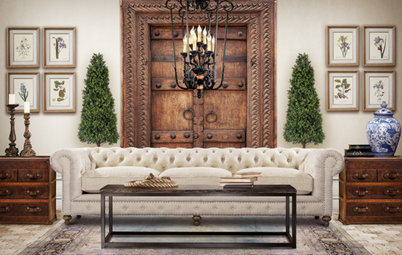
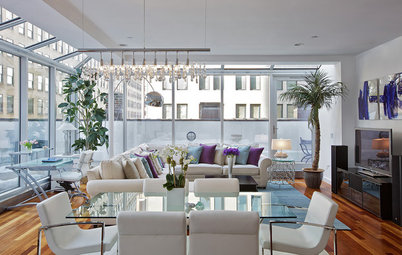
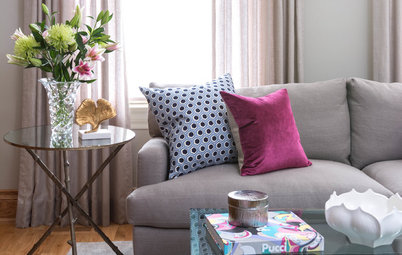
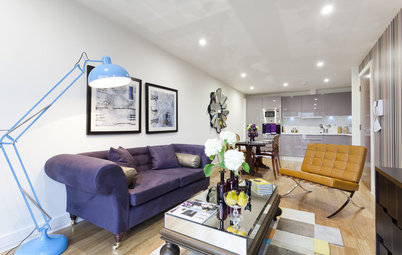
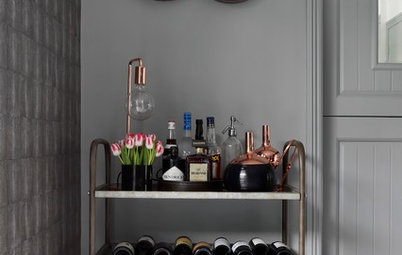

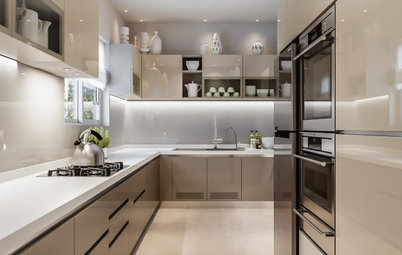
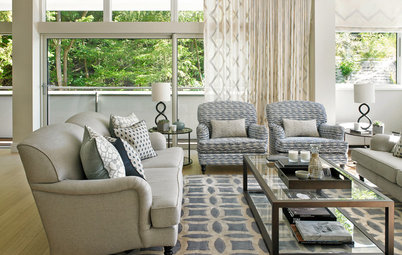
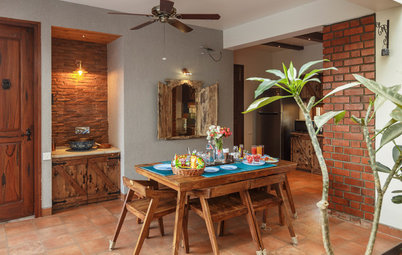
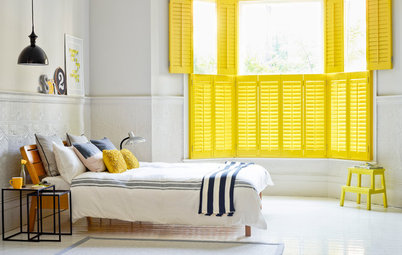
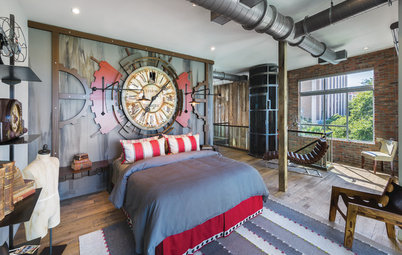
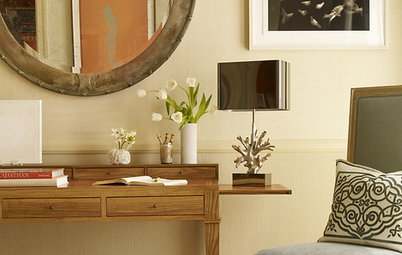
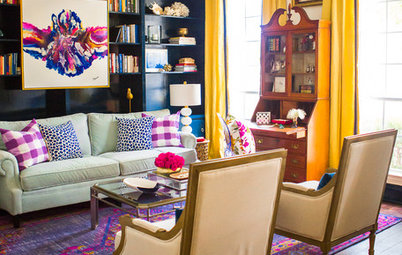
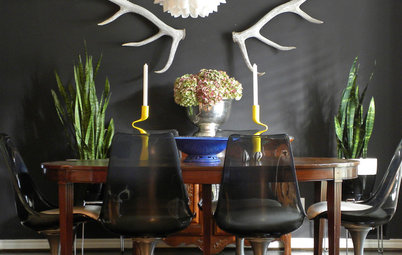

Here is a gorgeous room where the front legs sit on the rug while others are off. This approach really does work in most situations; the rug connects the various furniture pieces together while extending far enough into the room to create a sense of good proportion.